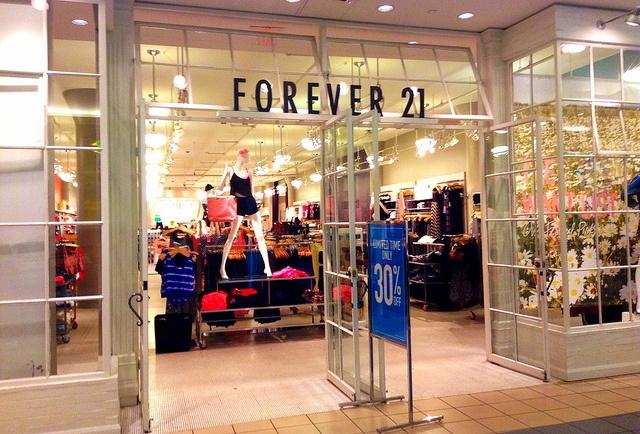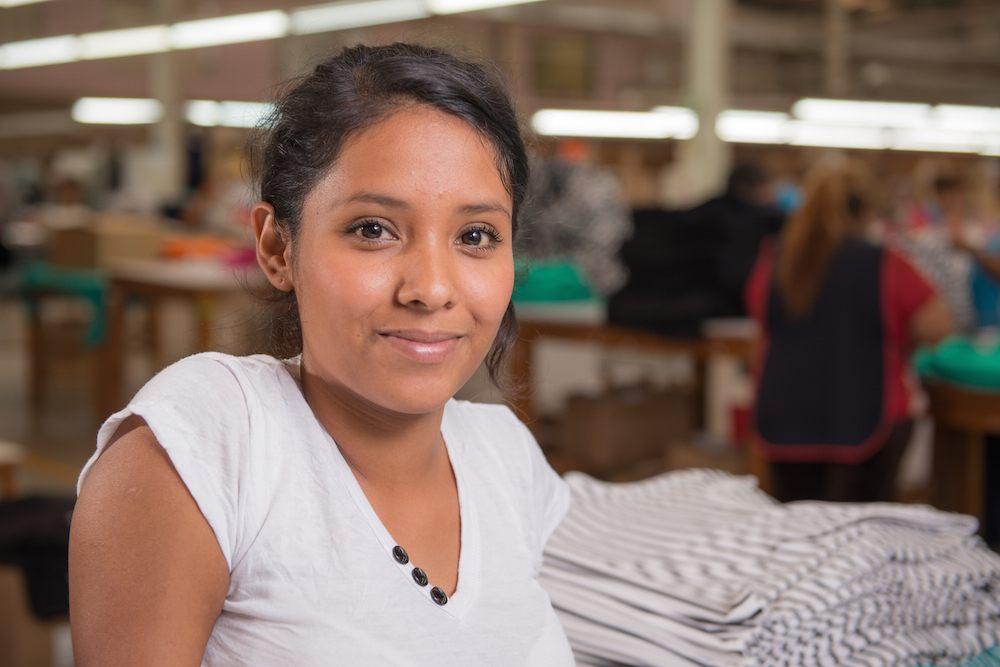Forever 21 Suit Highlights Retail's Unfair Scheduling Practices


Class-action lawsuits often highlight systemic problems. A recent suit by Raalon Kennedy against his former employer, Forever 21, in Los Angeles Superior Court highlights the problem of certain unfair scheduling practices.
The lawsuit contends that Forever 21 required employees to be available for on-call shifts, but didn't compensate them for having to report to work only to be sent home, Think Progress reports.
“In reality, these on-call shifts are no different than regular shifts, and Forever 21 has misclassified them in order to avoid paying reporting time in accordance with applicable [California] law,” Kennedy said.
“These practices prevent [workers] from obtaining employment from another employer because they’re tied up on-call and they’re required to be available,” Richard Bridgford from Bridgford Gleason & Artinian, who filed the lawsuit, told Law360. “Therefore, in the process, they’re prevented from obtaining other employment, and yet they’re not being compensated for the time they’re tied up.”In April, the New York Times reported that the office of New York attorney general, Eric Schneiderman, is investigating 13 retailers over the use of on-call work scheduling which violates the state’s labor laws.
“Our office has received reports that a growing number of employers, particularly in the retail industry, require their hourly workers to work what are sometimes known as on call shifts — that is, requiring their employees to call in to work just a few hours in advance, or the night before, to determine whether the worker needs to appear for work that day or the next,” Schneiderman’s office said in letters sent to Gap, Abercrombie & Fitch, Target, J. Crew, Sears, TJX and seven other retailers, the paper reported.
How to stop unfair employee scheduling practices in retail
Only 17 percent of retail workers surveyed for a report by the Center for Law and Social Policy, Retail Action Project and Women Employed have a set schedule. Most surveyed have erratic and unpredictable schedules subject to practices such as on-call scheduling, which is “becoming a common practice in the industry,” according to Retail Action Project.What can be done to stop unfair practices in retail such as on-call scheduling? The report lays out a number of recommendations, including:
- Enforcement of existing reporting pay laws by state labor standards enforcement agencies.
- Amending state reporting laws to increase damages awards for violations, which would motivate vulnerable workers to take the risk of filing complaints. Reimbursement of legal fees should be included.
- Legislators should work to pass laws, regulations and/or wage orders that require employers to provide reporting pay.
- Legislators should work to pass laws that may secure more stable scheduling practices for workers, including laws governing on-call work.
- The U.S. Department of Labor’s Wage and Hour Division should revisit the “on-call worker” classification in the Federal Labor Standards Act (FLSA) to assess if workers affected by last minute call-in practices should be included in these protections.
- Mobilizing workers and allies to address the most abusive practices at major retailers.
- Fighting wage theft and scheduling discrimination through legal action.
- Advancing city and state legislative solutions for predictable and fair scheduling.
A handful of retailers have decided to end on-call scheduling, including Old Navy, the Gap, Banana Republic, Intermix and Athleta. It’s time for all retailers to end the practice.
Image credit: Flickr/Mike Mozart


















